Friday, August 17, 2018—6:00 pm 76˚F (24˚C)—Overcast
Since Sumi was diagnosed with Alzheimer’s disease, many friends and relatives have visited us to offer their support. Others have come to know her through My Journey with Sumi. But the Sumi everyone sees now isn’t the same Sumi from before the disease progressed. I call this Sumi, My Second Sumi.
Today I want to share My First Sumi, who suddenly turned from being a 19-year- old teenager in college to a 20-year-old married woman—my wife. She had an effervescent smile, was full of enthusiasm, and was open-minded with hardly any hang-ups. She was very easy to please. My First Sumi’s name, Sumitra, is a compound Sanskrit word of Su, meaning good, and Mitra, meaning friend. And that’s the truth. Sumi has always stood by me as a good friend.
You may have read my post, My Search for a Life Partner. In it, I described how a week after our marriage, Sumi and I stayed at the Taj Mahal Hotel in Mumbai. We stayed for May 18th and 19th in 1974. During that time I had taken a few Kodachrome 35 mm slides and just recently got them digitized. I would like to share these memories of My First Sumi.
In everyone’s life there is one thing, one possession, no matter how insignificant that leaves a great impact on their lives. For me, it was when I bought a 50 mm, F1.4, manual focus Nikon-Nikkormat SLR camera. In those days, most professional or serious enthusiasts owned a good camera. Thanks to my childhood friend, Gul, a photographer, I became interested in photography at a young age.
It was March of 1971, I’d been in the US for a few months and one of my friends studying with me at Berkeley, California, went to Japan with a study group. There, he was able to purchase my camera and bring it to me. It cost $240. Let me give you some perspective on how expensive this was for a student like me. The tuition for my September 1970 semester for a Master of Engineering was $580. It was a flat tuition fee and I could take anywhere from 12 to 18 credit hours for the semester. The camera I’d bought was about 40% of my tuition fees. Today, the same tuition fees would be $28,600 and thus today’s equivalent price for the camera would be $11,700. Very pricey!
My friend Gul and I took about 36 slides over a two day period—almost one slide per hour. These days one can take hundreds of digital photos in that time. But in those days, before taking a photo you had to plan in advance and mentally compose each shot. Memorable photography is like painting on a canvas. The scene, subject, artist’s imagination, and patience all must blend seamlessly. And unlike now, back then you had to use up all the photos on a roll, send it to Kodak for processing, and wait a week or so to get your slides back. Once you received the slides, you had to wait until dark to see them on a screen through a projector. Today, all this happens in seconds.
I think these photos capture the classic newlywed mood, one in front of the camera and the other behind. Mehndi color from the wedding is still on My First Sumi’s hands. Many photos are taken with manually adjusting the F stops and shutter speed for proper depth of field. This keeps the subject in focus while the foreground and background are out-of-focus in the available natural light—no flash or reflectors are used. Also, I observed the rule of 1/3, where you don’t put the subject in the center of the photo; you either put it 1/3 to the right or 1/3 to the left in the picture frame. Another trick employed was to shoot next to a mirror on the wall, so you get two photos in one with a front and side view.
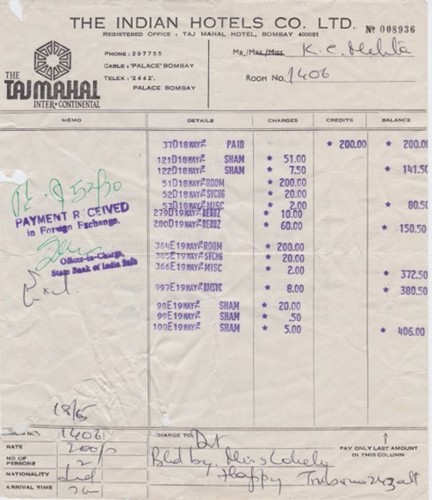
In 1974, 1 USD = 7.70 Indian Rupees (INR).
Our room/night was INR 200 = USD $26.
In 2019, the room/night ranged from USD $350 to USD $550.
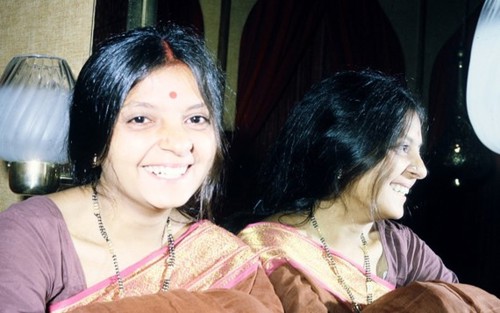
|
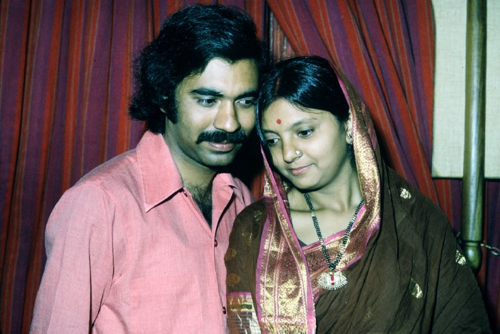
|

|

|

|
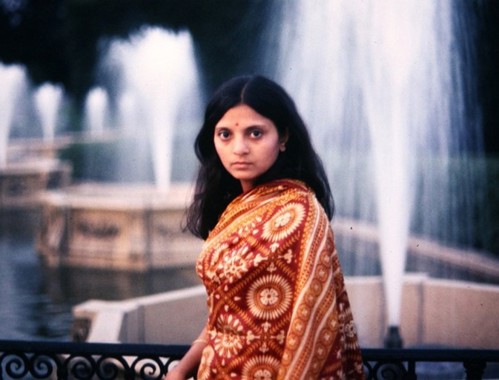
|
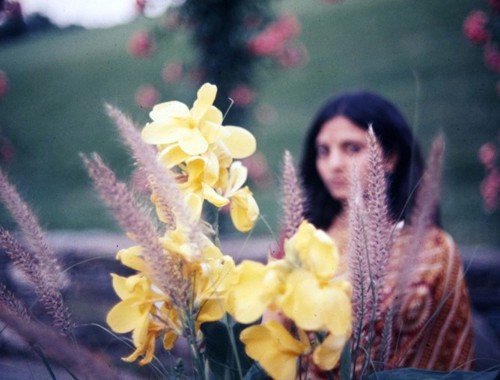
|
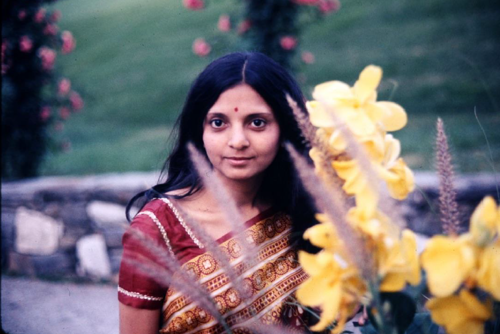
|
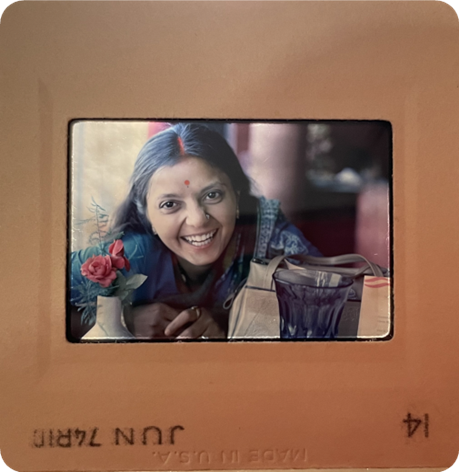 |
